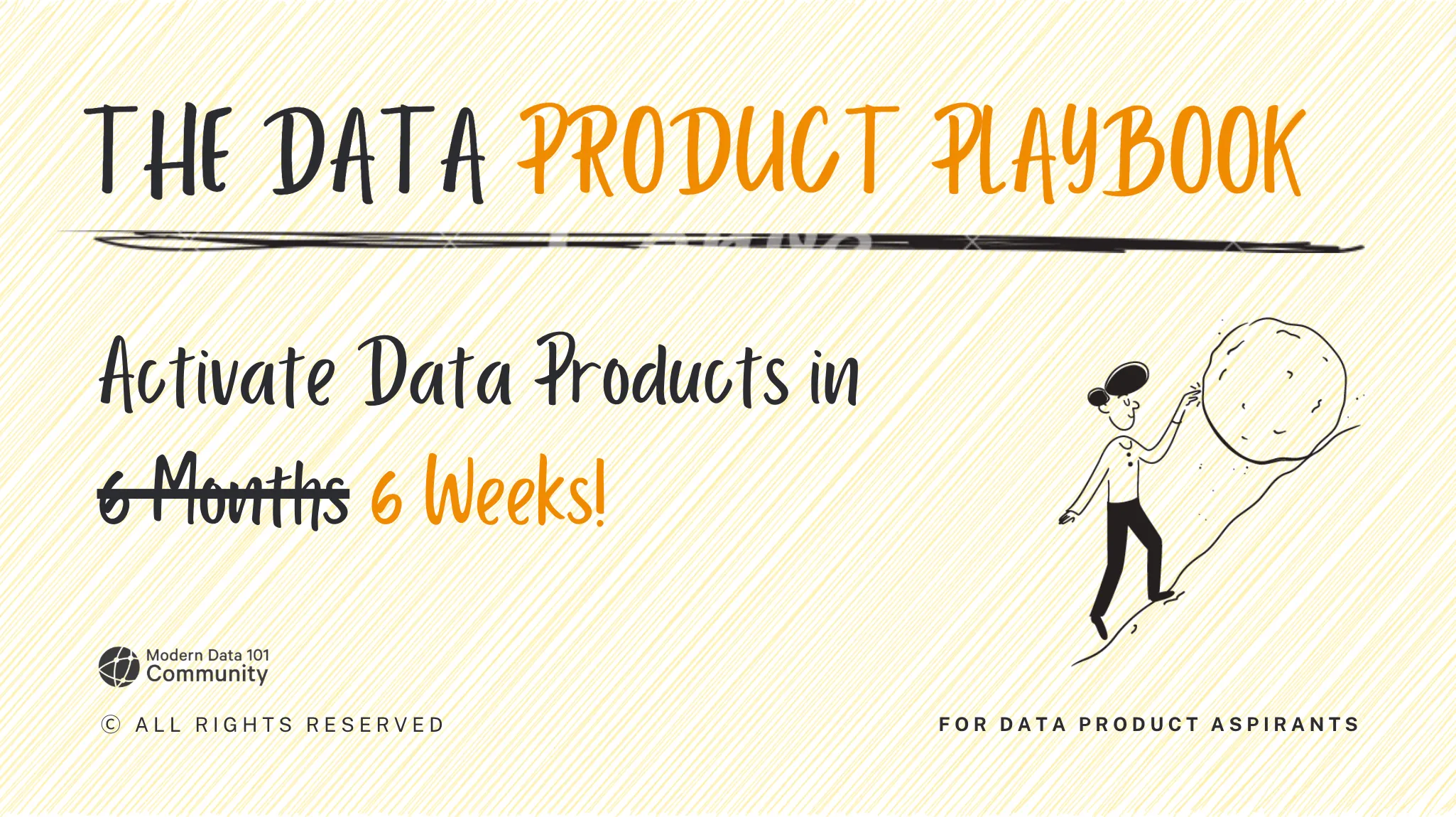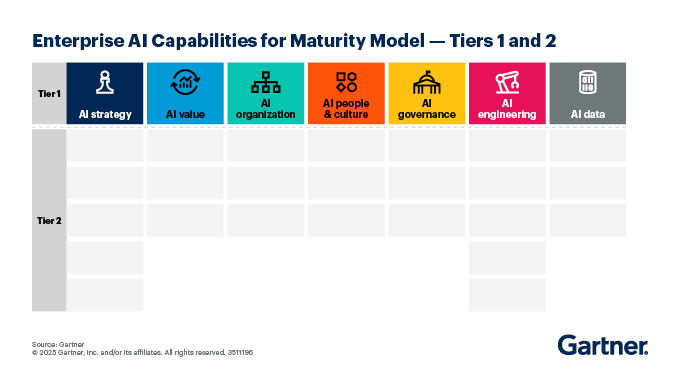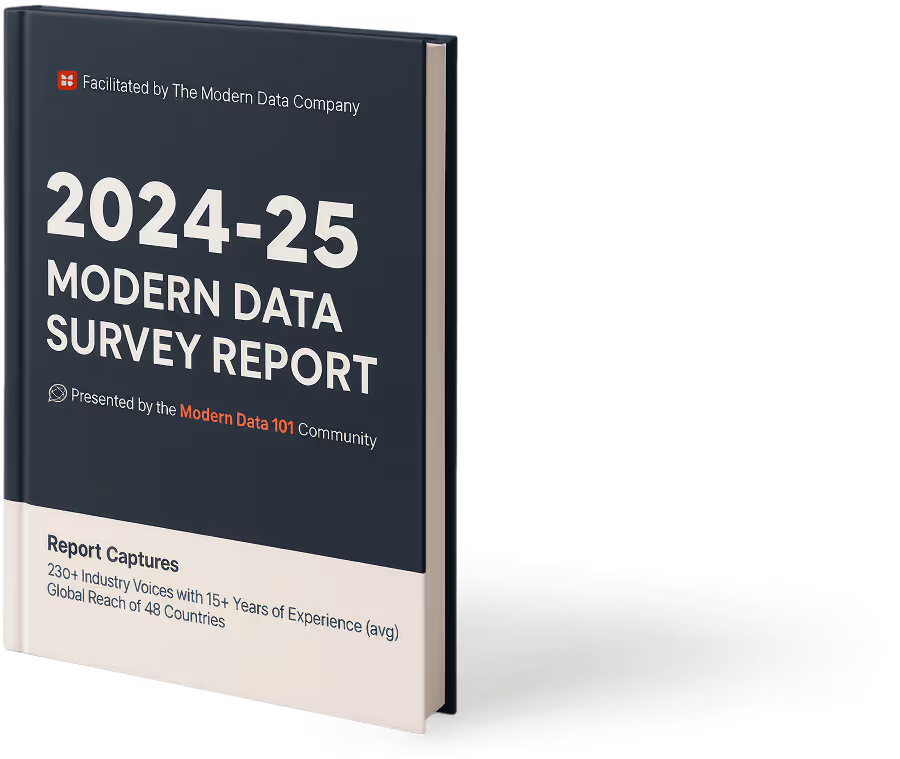
Here's your Playbook
Download now
Oops! Something went wrong while submitting the form.
Learn More
TABLE OF CONTENT

Let’s start with what’s really happening on the ground.
You have an enterprise that’s already deep into “AI.” Models are deployed, copilots are built, dashboards are automated. On paper, it looks intelligent. But underneath, nothing actually moves on its own. Every decision still needs a person to approve, a system to refresh, a pipeline to run.
That’s predictive AI; smart, but static. It predicts what’s next but never takes the next step.
Now enter Agentic AI, where systems don’t just predict outcomes, they act on them. They understand business context, remember interactions, and decide what to do next without waiting for a prompt. It’s not about “what might happen,” but “what should happen now.”
And this is where most enterprises hit a wall. Their data platforms were built to manage pipelines, not purpose. They can move data, but they can’t carry meaning. They store facts, not context.
So even as AI gets smarter, the system underneath stays mechanical; reactive, rigid, waiting for someone to press “run.”
That’s the gap Agentic AI exposes: our platforms were never designed for autonomy. They were designed for orchestration. And to bridge that, we need to rebuild the foundation, one that treats data not as input, but as intent.

Related reads:
The 5 Levels of AI Maturity: Where We Are—and What’s Actually Realistic
If you ask most teams what their “data platform” does, you’ll hear words like collect, transform, store, serve. Useful verbs, but none that imply understanding. These systems are built to deliver data, not meaning.
An AI Data Platform is the AI infrastructure that changes the equation.
An AI Data Platform is a unified system designed to manage the full AI lifecycle. Instead of separating data storage, pipelines, and processing tools, it brings together ingestion, transformation, cataloging, governance, and access in a single environment.
Its core strength lies in intelligent automation. The platform enables AI agents to:
The result is faster deployment of AI models, more consistent outputs, and a platform that can evolve alongside business priorities and regulatory requirements.
An AI Data Platform to deliver accurate, quick, and reliable results requires upholding a few fundamentals. These are discussed in the section below:
The first step is connecting to all relevant sources; databases, APIs, logs, streaming systems, and third-party services. Enterprises rarely have a single source of truth; data is scattered, siloed, and often interdependent.
The platform must handle this without introducing manual bottlenecks. That means automated ingestion pipelines that can adapt to changing schemas, variations in data frequency, and new sources, all while preserving data integrity.
This capability ensures that AI or agentic systems don’t get stuck waiting for data, and the teams downstream don't have to constantly chase upstream pipelines, which is often a pain we witness in multiple enterprises.
A modern AI Data Platform is a single, unified layer where structured, semi-structured, and unstructured data coexist.
This allows any AI workload; whether a predictive model or an agentic system, to query, read, and write data without switching contexts or jumping across multiple tools. Unified access reduces friction, eliminates redundant copies, and ensures that every system sees the same “truth.”
From our POV, this unified layer is essential because Agentic AI depends on consistent, high-fidelity data to act autonomously. Any inconsistency breaks decision loops and erodes trust in AI outputs.
Governance in an AI Data Platform cannot be a separate layer or a slow, manual approval process. This needs to be embedded into the platform, enforcing data quality, lineage, security, and compliance automatically.
Our view: governance isn’t just about rules; it’s about trust-as-a-feature. Every model, agent, or workflow should be able to rely on the data it consumes without constantly asking, “Is this clean? Is this compliant?” When governance is baked into the platform, AI agentic systems can operate confidently, and human teams aren’t overloaded with manual checks.
Related reads:
Learn more about how the increasing use of AI agents impacts governance here.
Most platforms focus on moving data from point A to point B. The AI Data Platform we advocate treats context and memory as first-class citizens.
This layer retains historical knowledge, relationships, and business meaning so that AI systems can reason over time, not just react to the latest batch of data.
A capability like this is critical for Agentic AI, which must remember past actions, learn from outcomes, and make decisions autonomously.
AI data platforms without a memory layer, today, might create brittle intelligence where models may predict well, but agents cannot act reliably as the system forgets the context that makes decisions meaningful.
Finally, the platform must provide deep observability. This goes beyond checking whether pipelines ran or models produced outputs. Observability means tracking the health, accuracy, and reliability of every piece of data flowing into AI systems.
Monitoring should alert teams to anomalies, drift, or failures, but also provide insights for continuous improvement. Combined with the memory layer, observability ensures that AI systems can learn from their own decisions and maintain trust across the enterprise.
Let’s start with what’s happening on the ground.
Most enterprises today are struggling with fragmentation; every function has its own version of “data enablement.” Marketing runs on BI platforms, dashboards, operations runs on pipelines, and finance runs on spreadsheets that somehow never reconcile. AI is being added on top of this chaos, not built into it.
An AI Data Platform changes this foundation. It doesn’t just make data accessible, it makes it actionable for AI systems that can learn, decide, and execute. Here’s what that means for the business:
With unified storage, automated ingestion, and embedded governance, decisions that earlier took weeks of coordination now happen in near real-time.
Teams no longer wait for reports or data refreshes; they operate on live intelligence. This is the difference between reacting to market shifts and anticipating them.
Every data team knows the cost of dependencies.
An AI Data Platform helps reduce this friction by aligning data movement, quality, and access into one system. When everything, from ingestion to serving, runs in sync, downstream users stop firefighting. The result is less burnout, faster delivery, and clearer accountability.
Agentic AI cannot function on inconsistent data. Embedded governance ensures that every action an agent takes is backed by trusted, compliant, and high-quality data.
For business leaders, this translates into confidence, decisions made by AI systems can be explained, traced, and trusted.
This is where most enterprises see the biggest leap.
The context and memory layer allows AI to act with awareness, not just responding to triggers but understanding why something matters.
In practice, this means systems that remember prior transactions, learn from historical patterns, and make adjustments autonomously. It’s automation that doesn’t lose its footing when the environment changes.
Most enterprises spend millions building models that never scale because the underlying data foundation isn’t ready.
An AI Data Platform fixes that by aligning data readiness with AI readiness. Once the data foundation is stable, every new model, agent, or initiative compounds value instead of restarting from scratch.
As regulations evolve, governance embedded into the platform ensures businesses stay compliant by design.
You don’t have to choose between innovation and control, the platform makes both possible. This agility is crucial for enterprises operating across geographies or in heavily regulated sectors like BFSI and healthcare.
When data systems become reliable and explainable, teams stop micromanaging pipelines and start focusing on outcomes.
The AI Data Platform nudges organizations from a reactive culture (“Did the job run?”) to a proactive one (“What can we improve next?”). That’s how autonomy scales, first in data operations, then across the enterprise.
Every enterprise talking about “AI” is really talking about change: new workflows, new intelligence, new expectations. But they too often overlook the foundation, the platform on which intelligence must stand. That’s where a Data Developer Platform (DDP) comes in.
Think of the DDP as the operating system for data teams. It abstracts complexity, integrates tooling, and offers a seamless experience so data engineers and scientists don’t spend nights debugging pipelines or juggling point-tools.
According to its specification, a DDP “is a unified infrastructure specification to abstract complex and distributed subsystems and offer a consistent outcome-first experience to non-expert end users.”- Source

By embedding ingestion, processing, storage, governance and monitoring into one stack, it prepares an environment where data is not just accessible, but reliable, reusable, and scalable. When you overlay this with the demands of an AI Data Platform, context, memory, autonomy, you have something more than infrastructure: you have a foundation built for Agentic AI. When an enterprise adopts a DDP, it moves from managing bits and bytes of pipeline chaos to orchestrating a system where intelligence is possible.
Once the foundation is laid, the next question is: can the system deliver intelligence, not just data? For enterprise Agentic AI, systems that act, not just predict, you need three things: consistent context, trusted data, and scale. A Data Developer Platform gives you all three.
Firstly, context: A DDP encourages a product-mindset for data (“data as product”) where data is addressable, understandable, trustworthy, and accessible. When data becomes a product, it carries meaning, so your AI agents don’t just get raw numbers, they get business-ready assets.
Secondly, trust: With embedded governance, lineage, and exposure via the DDP, you build data that AI systems can rely on. No more “did this pipeline run” worries. Intelligence can now act with confidence.
Thirdly, scale: A DDP covers integration, storage, transformation, and APIs in one infrastructure, meaning you avoid the branching tool-sprawl that kills AI projects. When you combine all of this, the foundation is in place for your AI Data Platform to support not just models, but agents that remember, learn, and act.
For enterprises ready to unlock Agentic AI, the message is simple: start with a robust Data Developer Platform, and let your AI Data Platform build on it.
Q1. What is Platform as a Service (PaaS)?
PaaS or Platform as a Service is a cloud-based model that provides developers with a ready environment to build, run, and scale applications, without managing the underlying infrastructure. Instead of worrying about servers, storage, or runtime environments, teams focus on developing and deploying products faster.
An AI data acts like a Platform as a Service for data and AI, giving teams all the capabilities they need (from ingestion and governance to context and observability) without the infrastructure burden.
Q2: What is an AI Data Centre?
An AI Data Centre refers to a high-performance infrastructure built to train and run AI models. This infrastructure leverages powerful GPUs, high-speed networking, and scalable storage to handle massive data and computation workloads, enabling faster, more efficient AI development and deployment.
Related:
